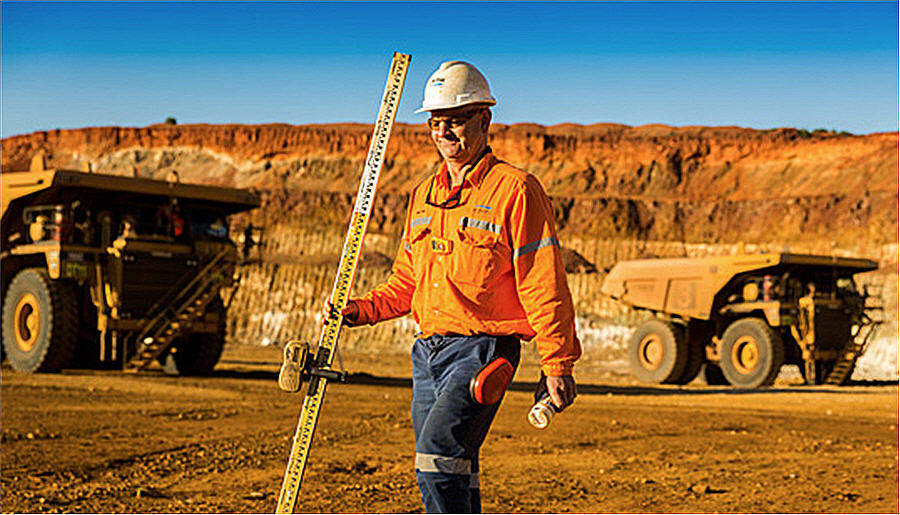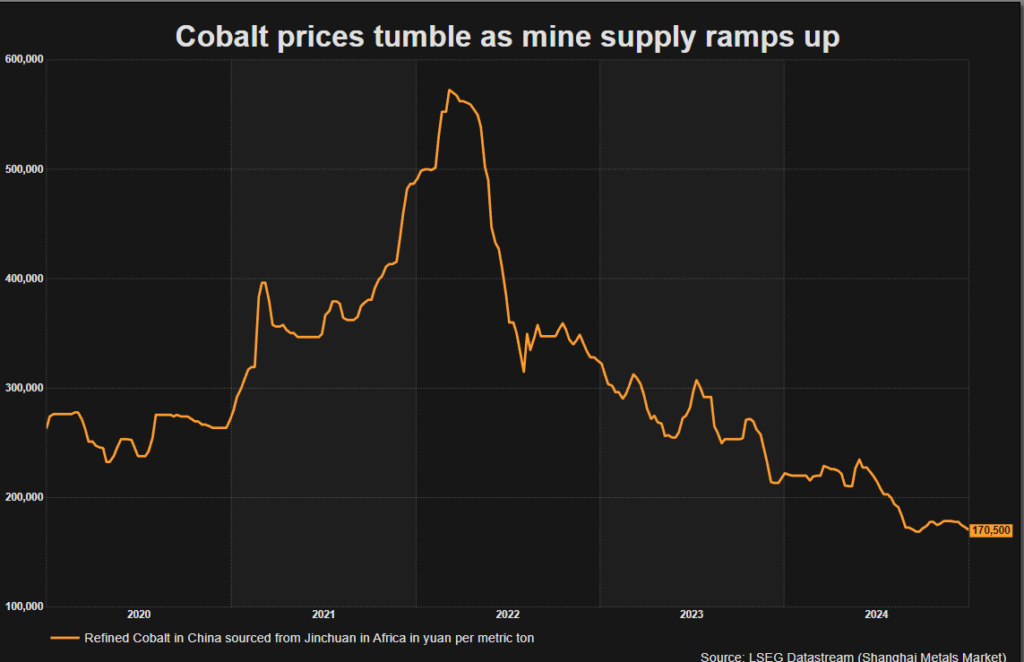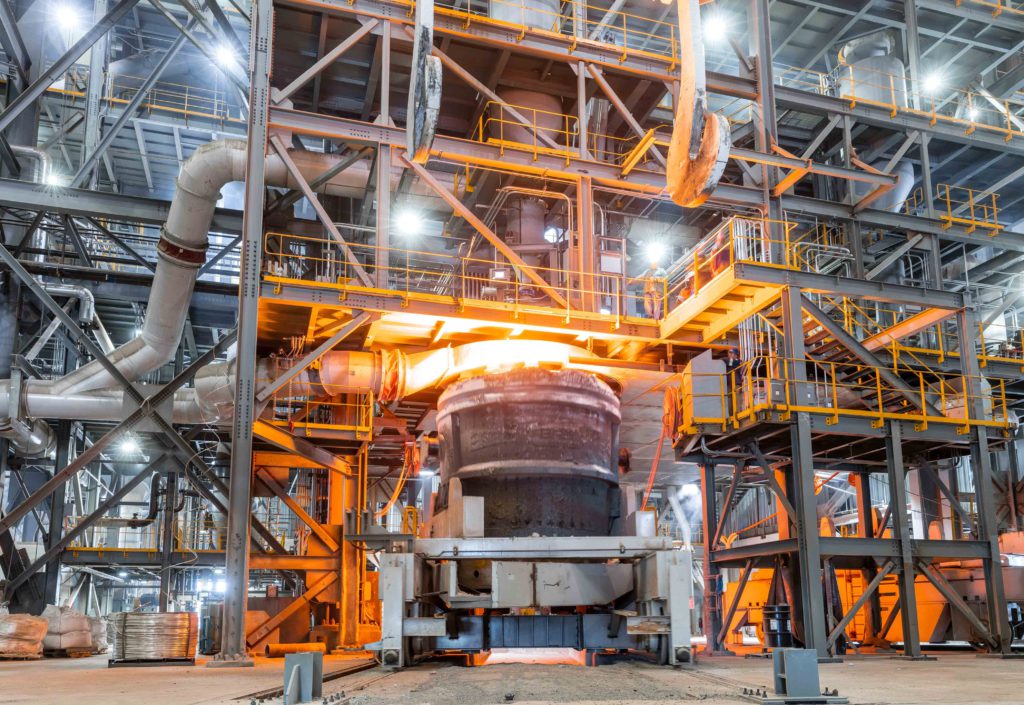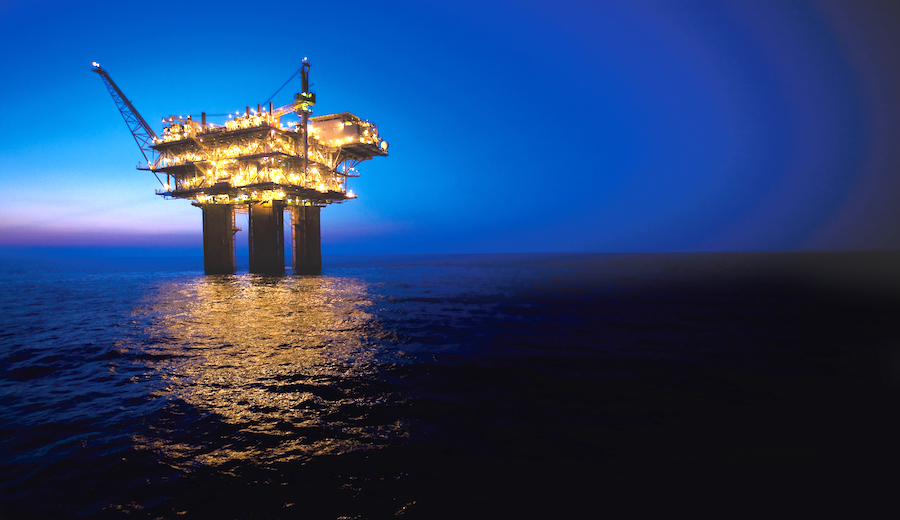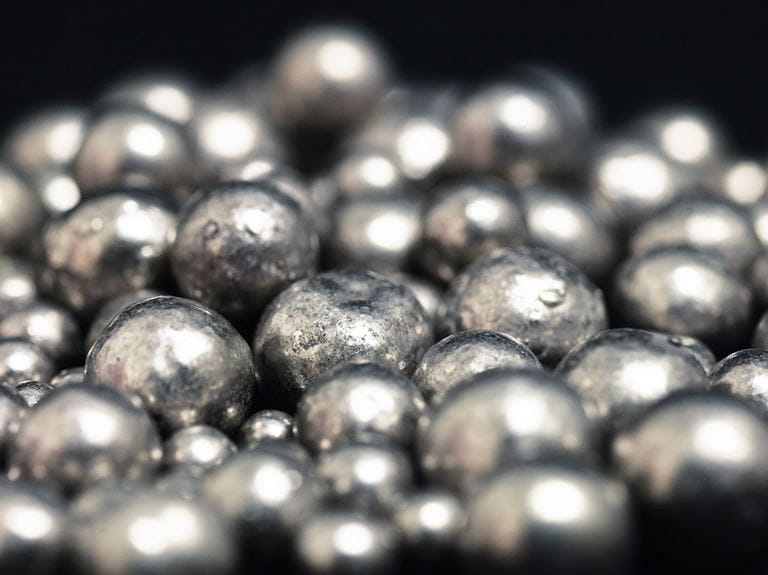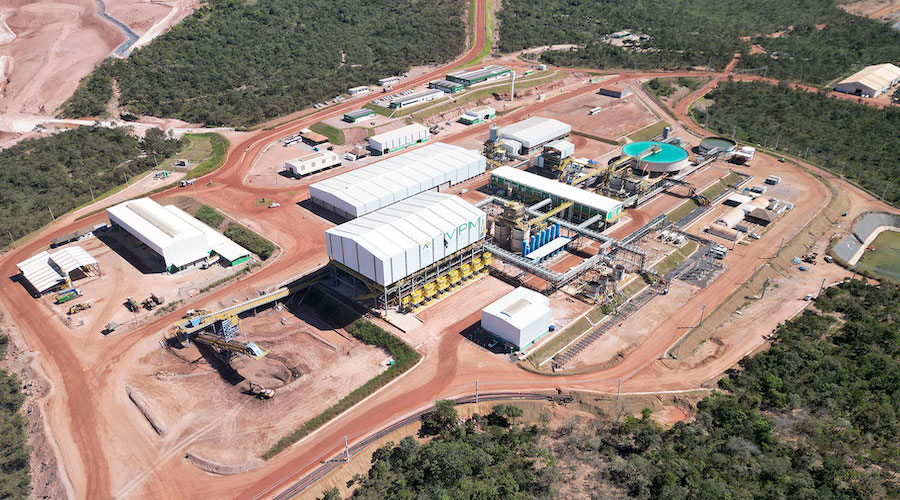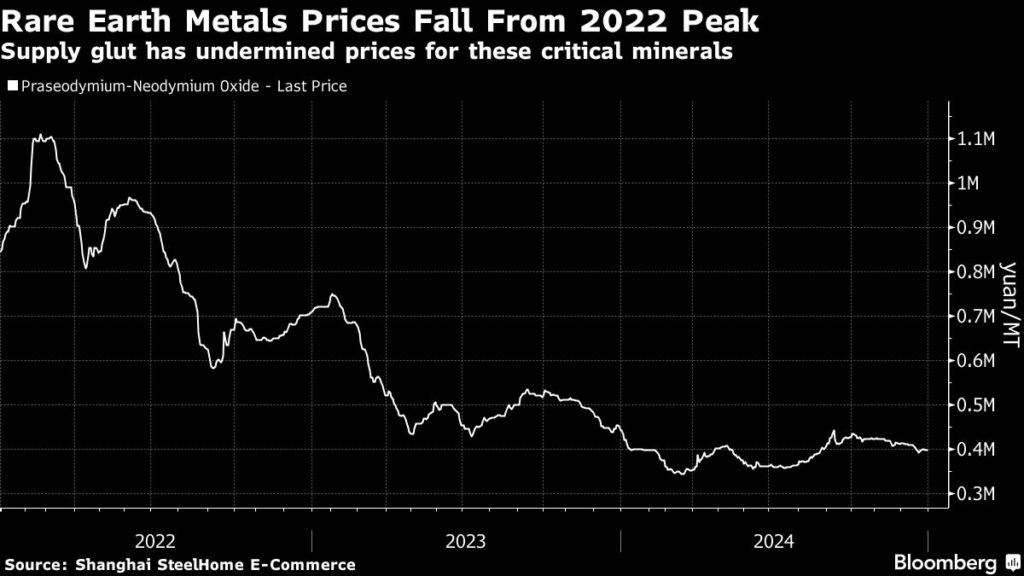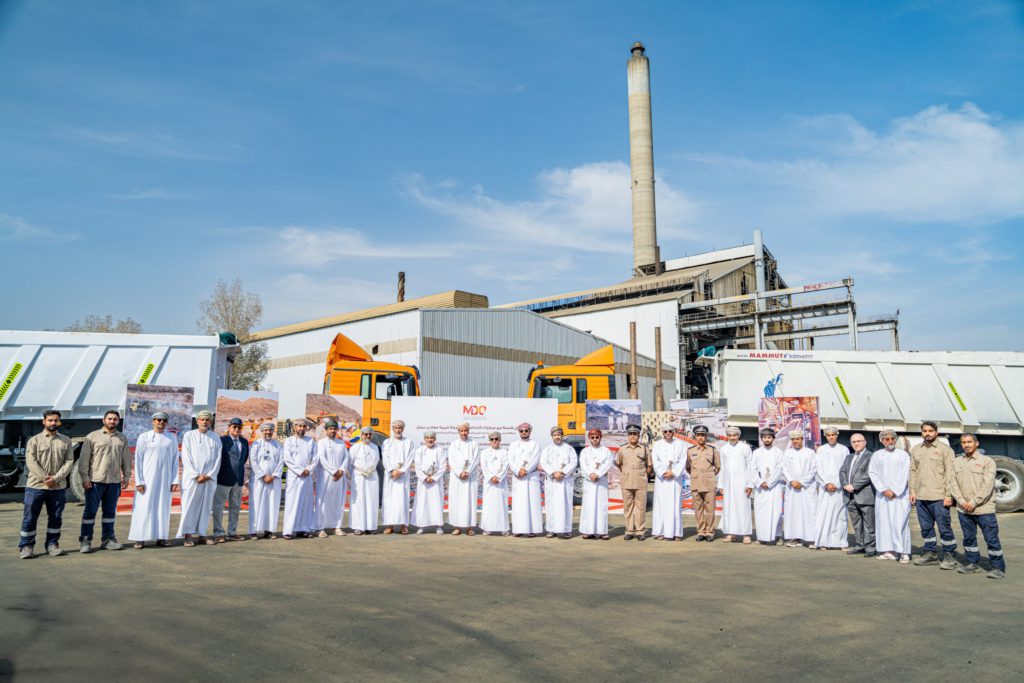U.S. shale companies are prioritizing shareholder returns and financial stability over explosive production growth.
Technological advancements and operational efficiency have allowed producers to maintain robust output even with fewer active rigs.
Consolidation has concentrated Permian assets among larger public firms.
The U.S. shale patch is unlikely to follow President-elect Donald Trump’s campaign highlight “drill, baby, drill” as the industry is far more consolidated and disciplined than when Trump was first president at the end of the 2010s.
While welcoming a second Trump term, American oil and gas producers are expected to stick to their disciplined approach to capital expenditure and drilling operations.
Consolidation Keeps Drilling in Check
After the Permian saw several large mergers and acquisitions (M&A) waves during President Biden’s term in office, the start of the second Trump presidency comes at a time when many of the private producers have already sold their operations to the large publicly traded companies.
These public firms have realigned their priorities after the 2020 crash in demand and prices, and now prefer higher earnings and shareholder returns to high growth rates in production.
As more drilling locations in the Permian are now in the hands of large listed firms, investor demands for high returns trump the high growth rates of oil production.
The U.S. shale patch is drilling, but it is drilling because it wants to distribute more of the profits to shareholders. It has made huge progress in capital discipline and efficiency gains and is getting more bang for its buck. Priorities are now returns to investors and financial frames capable of withstanding oil price volatility.
As producers become bigger, they focus on shareholder returns and wouldn't be inclined to respond to every price spike with a major boost in drilling that ultimately floods the market with oil and depresses prices.
This relentless drilling for higher production has been the shale industry's modus operandi for a decade before Covid and the demand and market crash. Until 2020, many smaller producers sought to maximize output and price realizations whenever oil was heading higher.
But as the industry matured and balance sheets and market valuations strengthened after the record-high earnings of 2022, a wave of consolidation began in 2023. The big companies, which now control a much larger part of the U.S. shale patch, are looking to become bigger by adding premier assets of the takeover targets to their portfolios.
However, the key driver of the industry now is returning more to shareholders and preparing for inventory stacked up for years of production ahead, without the need to grow organically by investing too much cash flow into the drilling of new locations and wells.
Gone are the days of “drill, baby, drill” and producers “drilling themselves into oblivion,” as shale pioneer and tycoon Harold Hamm warned during Trump’s first term in office, say companies and analysts alike.
No More ‘Explosive Growth’
“We’re not going to have the explosive growth that we’ve seen,” Richard Dealy, who oversees the Permian business of ExxonMobil, told The Wall Street Journal last week.
This is not the first acknowledgment from the U.S. supermajor that “drill, baby, drill” is not on the minds of the top producers despite the imminent inauguration of a President who is openly and strongly supportive of America’s oil, gas, and coal sectors.
“We're not going to see anybody in 'drill, baby, drill' mode," ExxonMobil Upstream President Liam Mallon said at the end of November.
“A radical change (in production) is unlikely because the vast majority, if not everybody, is focused on the economics of what they're doing,” Mallon added.
The other U.S. supermajor, Chevron, announced last month that its 2025 capital expenditure (capex) would be lower than in 2024.
Chevron expects its upstream spending next year to be about $13 billion, of which roughly two-thirds will go to develop its U.S. portfolio.
“Permian Basin spend is lower than the 2024 budget and anticipated to be between $4.5 and $5.0 billion as production growth is reduced in favor of free cash flow,” Chevron said.
After years of perfecting operations and expertise in drilling, the public companies operating in the Permian have boosted productivity and efficiency and are doing more with less.
Despite a decline in active drilling rigs over the past two years, “increased rates of production from new completions are offsetting existing wells’ production declines and leading to higher crude oil and natural gas output,” the U.S. Energy Information Administration (EIA) says.
“These productivity increases indicate significant efficiency gains and technological advancements in the drilling and completion process.”
The Permian is headed for growth, albeit at lower rates compared to the recent past, according to Goldman Sachs.
Permian crude production growth is expected to have slowed to 6% in 2024 and is set to slow to 4% in 2026, analysts at Goldman Sachs Research said in July 2024.
Still, the growth of Permian production will remain robust through 2026 due to increased efficiency, the investment bank noted.
Efficiency and technological advancements will support growth in the U.S. shale patch in the near term.
However, for most producers, “drill, baby, drill” will depend on the oil price signals, drilling economics, and market fundamentals of supply and demand.
A friendly Administration that would ease energy infrastructure permitting would surely help U.S. producers. But this will not be enough to make companies abandon the discipline in production, capital allocation, and investor returns—the new priorities they have learned the hard way.
By Tsvetana Paraskova for Oilprice.com


